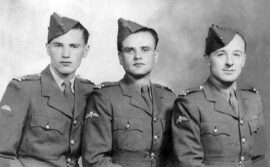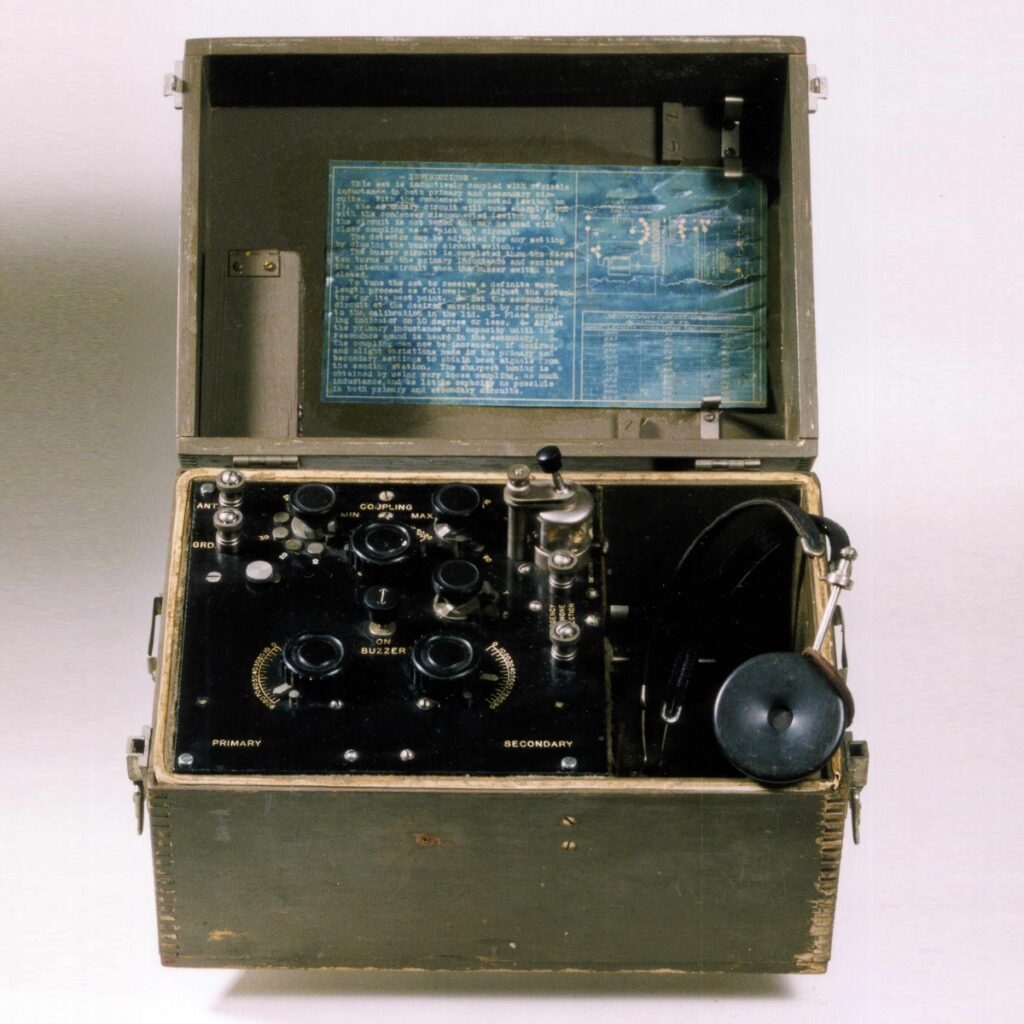
15 American Radio Receiver BC-14A, 1918
Fotogalerie

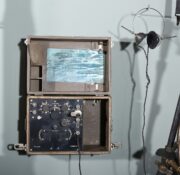
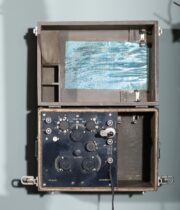
All the armies, engaged in World War I, used wireless telegraphy based on the principle of electromagnetic waves propagation. Before the war, majority of these devices were installed aboard ships. It was estimated that there were about 4 to 5 thousand ship stations in the world.
Invention of three-electrode valve – triode, made by the American Lee de Forest before the war, enabled upgrading of the stations during the war. The research aimed at improvement of the triode for military purposes was carried out by French researcher General Ferrié. Thanks to that, they were able to construct a modern triode, which was used by all the fighting countries at the end of World War I. As early as in 1915, the French specialists designed a little transmitter for aircraft, which enabled literally a revolution in their use as observation means for artillery gun laying. At the beginning of the year 1917, French armed forces had already several thousands of small vacuum tube transmitters and receivers. The U.S. BC-14 radio receiver, together with the BC-15 transmitter, formed part of the SCR-54A artillery observer set. It was used by the artillery to receive instructions from reconnaissance aircraft or balloons. Rapid communication without great effort and its resistance against enemy fire remained the best advantage of the radiotelegraphy during the war. However, the speed was considerably decreased by encryption, decryption and useless length of the messages during the war. On the other hand, the need of well-trained personnel and easy monitoring (spying) of the plain messages by the enemy appeared to be disadvantage. The Russian defeat by Tannenberg, at the turn of August and September 1914, clearly proved how dangerous the bad organisation and uncontrolled activity of radio telegraphic network can be.
Aktuálně
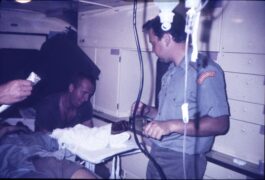
Českoslovenští zdravotníci ve válce v Zálivu
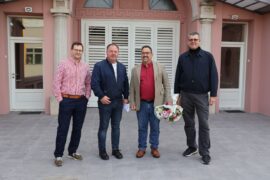
Výzkum u českých krajanů v Chorvatsku
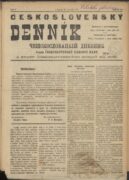
Československý deník sehrál v životě legionářů v Rusku velmi důležitou roli. Poprvé vyšel v prosinci 1917

Děkujeme za podporu pro válečné veterány. Sbírka DiGiMÁK vynesla 450 tisíc korun
